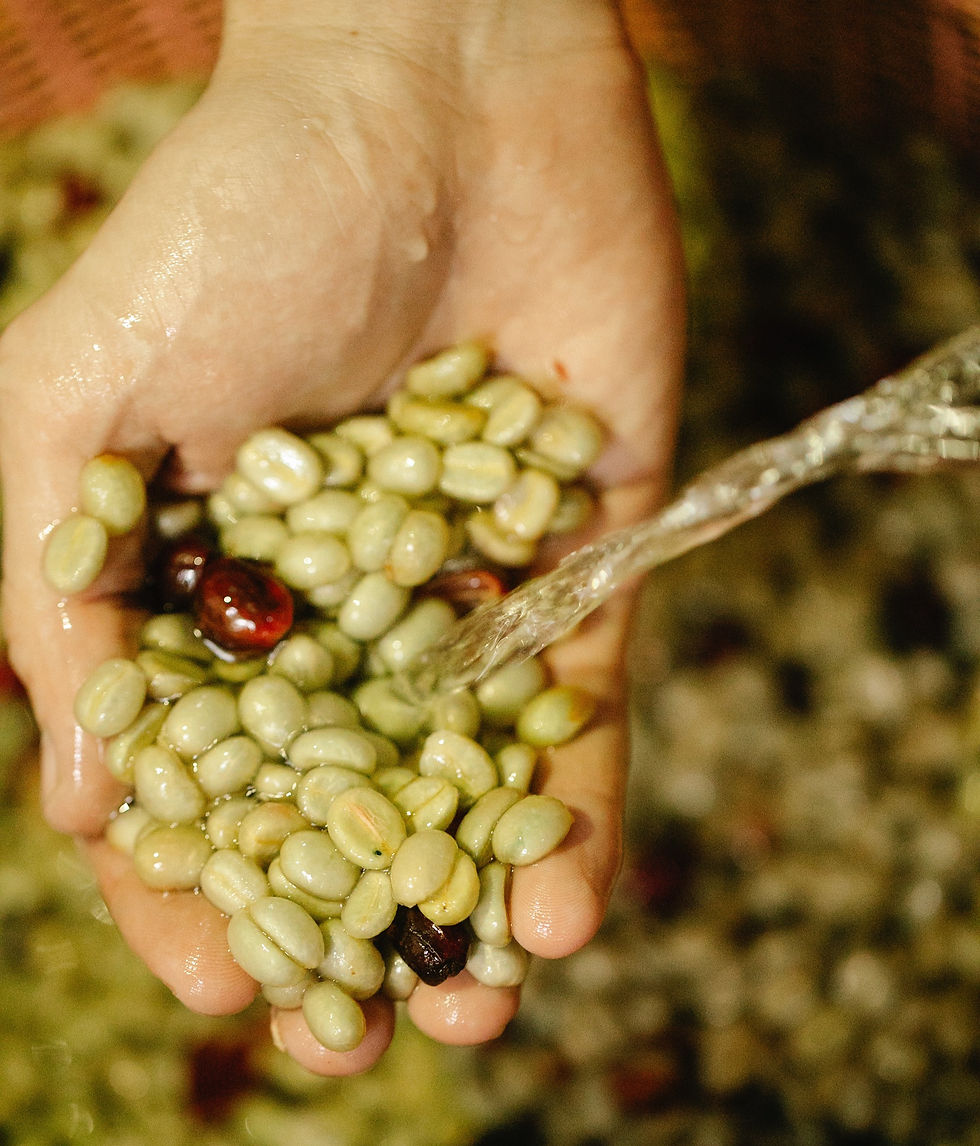We now offer decaf coffee subscriptions!
- The Local Coffee Club
- Jul 6, 2022
- 2 min read
We recently received some feedback saying it would be great if we introduced a decaf local coffee club subscription... So guess what we’ve done? That’s right: we now offer subscribers the chance to sample different decaf Bristol and Bath coffee beans! Simply select “Yes” on the decaf dropdown menu for any of our subscriptions and we’ll start sending you delicious decaf coffee beans.

While caffeine has obvious stimulatory benefits some coffee drinkers do experience downsides (occasional jitters, crashing later on in the day, etc.), so it’s no surprise producers have gone to a significant amount of effort to create decaffeinated beans. But how do they do this? How do they rid ‘normal’ coffee of its caffeine? Let us try to explain…

First things first, decaffeination takes place when the coffee is green (i.e. before roasting). This is because the decaffeination process also makes beans lose their flavour, so roasting and then decaffeinating would be pointless. There are four main methods:
1. The Direct Solvent Process
Coffee beans are steamed for around 30 mins to open their pores and make them receptive to solvents. They’re then repeatedly rinsed - generally with either ethyl acetate or methylene chloride - for about 10 hours to draw out the caffeine. The beans are then steamed again to remove any residual solvent, dried and sent to the roaster!
2. The Indirect Solvent Process
Caffeine is extracted from coffee beans after they’re left in boiling water for several hours. The beans are then removed from the water, which now contains the caffeine and other oils/flavour compounds. A solvent is introduced to the liquid which is then heated again in order to evaporate the caffeine. The beans are re-added to the mixture where they regain the oils/flavour compounds.
3. C02 Process
Water soaked beans are placed in a stainless-steel vessel. This is sealed before liquid C02 is forced into the coffee at high pressure, extracting the caffeine but leaving other components behind. The caffeine-containing carbon dioxide is then transferred to another container, leaving decaf beans behind!
4. The Swiss Water Process
Beans are soaked in hot water to dissolve the caffeine. The caffeinated water is collected and passed through a charcoal filter which is porous enough capture larger caffeine molecules but not the other oils/flavour compounds that have also been released. The old caffeine free beans are discarded and the water is reused on a fresh batch of green beans. However, this time the rich composition of the water means the oils/flavour compounds don’t dissolve (unlike the caffeine), causing decaffeination without any significant loss of flavour.

So there you have it: if you understood all of that you can now enjoy your decaf Bristol and Bath coffee beans safe in the knowledge that one of these methods was used for decaffeination. Clear as mud? Enjoy your decaf coffee just the same!


Comments